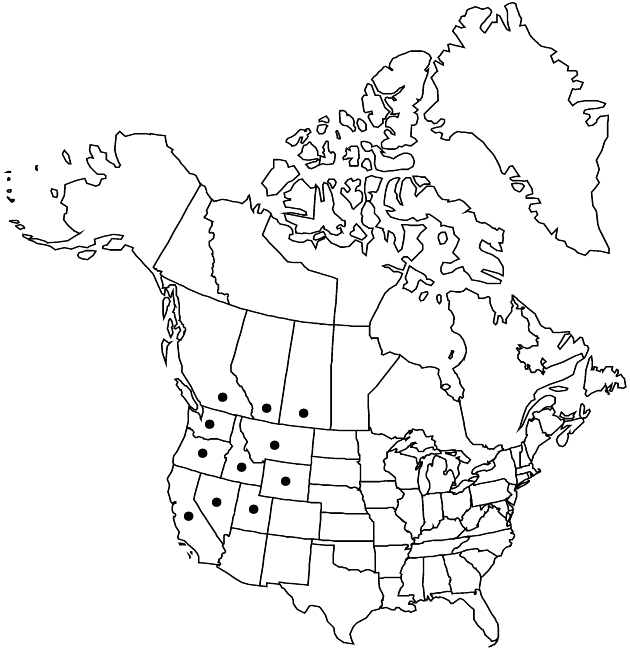Difference between revisions of "Arnica sororia"
Ottawa Naturalist 23: 213. 1910.
FNA>Volume Importer |
imported>Volume Importer |
||
| (One intermediate revision by the same user not shown) | |||
| Line 8: | Line 8: | ||
}} | }} | ||
|common_names=Twin arnica | |common_names=Twin arnica | ||
| + | |special_status={{Treatment/ID/Special_status | ||
| + | |code=E | ||
| + | |label=Endemic | ||
| + | }} | ||
|basionyms= | |basionyms= | ||
|synonyms={{Treatment/ID/Synonym | |synonyms={{Treatment/ID/Synonym | ||
| Line 49: | Line 53: | ||
|publication title=Ottawa Naturalist | |publication title=Ottawa Naturalist | ||
|publication year=1910 | |publication year=1910 | ||
| − | |special status= | + | |special status=Endemic |
| − | |source xml=https:// | + | |source xml=https://bitbucket.org/aafc-mbb/fna-data-curation/src/2e0870ddd59836b60bcf96646a41e87ea5a5943a/coarse_grained_fna_xml/V19-20-21/V21_924.xml |
|tribe=Asteraceae tribe Heliantheae | |tribe=Asteraceae tribe Heliantheae | ||
|subtribe=Asteraceae (tribe Heliantheae) subtribe Chaenactidinae | |subtribe=Asteraceae (tribe Heliantheae) subtribe Chaenactidinae | ||
Latest revision as of 20:15, 5 November 2020
Plants 15–50 cm. Stems (1 or relatively few) simple or branched. Leaves 3–6 pairs, crowded toward stem bases (axils lacking tufts of brown wool); petiolate (petioles, at least basal, narrowly winged); blades (with 3 or 5, prominent, subparallel veins) oblanceolate to narrowly oblong, 3.5–14.5 × 0.6–2.4 cm, margins usually entire, rarely denticulate, apices obtuse, faces uniformly hairy, stipitate-glandular. Heads 1–5. Involucres hemispheric. Phyllaries 13–20, usually narrowly, sometimes broadly, lanceolate. Ray florets 9–17; corollas yellow-orange. Disc florets: corollas yellow; anthers yellow. Cypselae brown, 3.5–5 mm, densely hirsute, sometimes sparingly glandular as well; pappi white, bristles barbellate. 2n = 38.
Phenology: Flowering May–Jul.
Habitat: Prairies and grasslands to montane conifer forests
Elevation: 500–1500 m
Distribution

Alta., B.C., Sask., Calif., Idaho, Mont., Nev., Oreg., Utah, Wash., Wyo.
Discussion
Selected References
None.